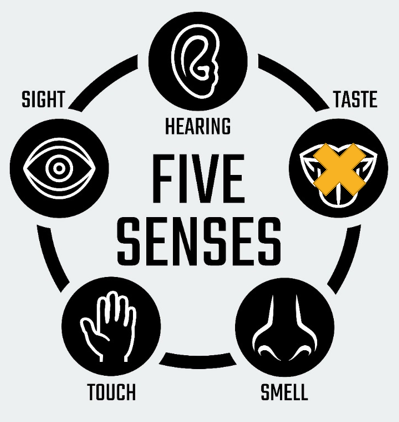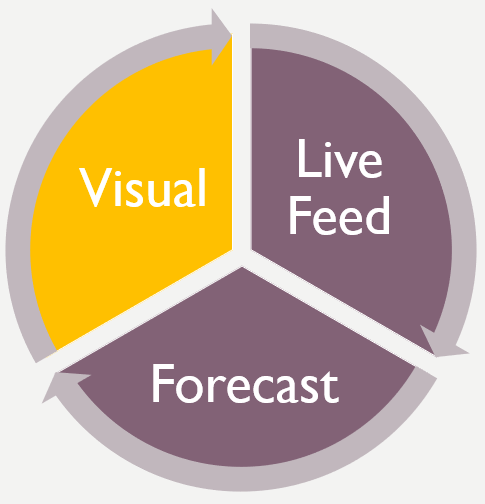Combining onboard and sensory-based data to improve the overall understanding of asset condition
In today’s uncertain economy, there’s more focus than ever before on analysing trends, outliers, and potentially lost production events across all mining sites.
Data generated from onboard or SCADA connected sensors is then streamed from the remote mine sites to centralised off-site hubs. Here, the data is collated, and dedicated software monitors values and trigger points as part of standard defect reporting.
Our ability to see these values in real-time and precisely evaluate the current condition of an asset helps managers make more effective and accurate asset management decisions.
But there’s still one area that’s being overlooked.
One area that’s changed very little over the last 30 to 40 years, when preventative maintenance (PM) servicing began to evolve.
The beginning of preventative maintenance servicing
Eventually, site processes evolved from a ‘fix it when it broke’ philosophy to the idea that prevention is probably better than cure.
The result was these periodic inspections became planned and more formalised.
Service and inspection sheets were developed. Or, at the very least, copied from one site and shared across many others, with just a change of logo. Technicians were employed to change the oil and filters and inspect for defects.
Naturally, this led to equipment becoming increasingly productive. There were fewer breakdowns or long periods of downtime to change out major components.
Oil samples were being taken, analysed off-site, and reported back to determine the condition of components. Vibration analysis methods were employed, as well as strategically positioned sensors to monitor temperature, pressure, or cycles.
As the site became more in-tune and aligned toward the benefits of PM practices, considerable improvements were seen with both production output and maintenance costs.
But there were still two key issues impacting these improvements.
Further advancement in defect reporting was needed
Today, many sites are very experienced and advanced with their preventative and proactive maintenance strategies.
But, incredibly, in-field information is still being collected on paper-based service sheets. The rapidly growing piles of paper reports are held in large filing cabinets, or archived in sea containers, in case they need reviewing when a failure occurs.
Defect reports are typically written on a pocket notepad, or perhaps on the actual service sheet, to be added to the site CMMS after the service.
But if there’s no time before the end of the shift, or even the end of the swing, it often gets missed entirely.
Have you ever had a breakdown or significant failure occur but found that the responsible defect wasn’t reported when you refer to the service sheet? Or that a note was made of the defect, but the CMMS shows no record of it?
It’s still happening today. And more often than you’d realise. To learn that someone knew about the problem, but no action was taken is alarming.
So how can this be resolved?
How can we collect this information, analyse it, and reliably keep ahead of the failure?
The missing link we overlooked for years
The first step is keeping in tune with the condition of our assets from all monitoring aspects. As well as regular physical inspections, we also need to be collecting sensory-based data.
This sensory data - what the workers in the field are seeing, smelling, hearing, and touching - is critical for generating a complete picture. This is the missing link that’s been overlooked for too long.
But it still only provides half the solution.
The second step is having a reliable way to collect and record - in near real-time - their sensory-based data with data feeds from the electronic sensors.
To achieve this, we need efficient electronic data collection methods in-field during the service and inspection process. And we need a way to prompt technicians with specific questions and receive this information in a format that can be trended or correlated for further analysis.
Defect reporting also needs to be captured electronically and fed into the CMMS so that it’s registered, transparent and easy to action.
Combined oil sample data with defects by asset model and unit number
Benefits of an integrated system for a complete picture
When all these pieces of information are aligned with other sources, the picture is full and clear, which means more effective decisions can be made.
Want to know you’re making the right decisions about assets every time?
The only solution is to take care of this missing link by electronically collecting and analysing both the sensor and sensory data.
While we know the missing link is this sensory-based data, there also needs to be a reliable system to correlate the in-field feedback with the other data forms.
And this system needs to prompt particular queries based on FMECA or experience and then present this information in a format that’s easy to access and interpret.
Visit https://www.linkedin.com/pulse/missing-link-russell-harland/?published=t to see the LinkedIn article
The good news is, this technology is now available and in-use
Sensory-Based Data is incorporated into all our EMI software applications and modules:
- EnviroStatus
These solutions are already making a big difference in defect reporting, maintenance management and asset health understanding.




